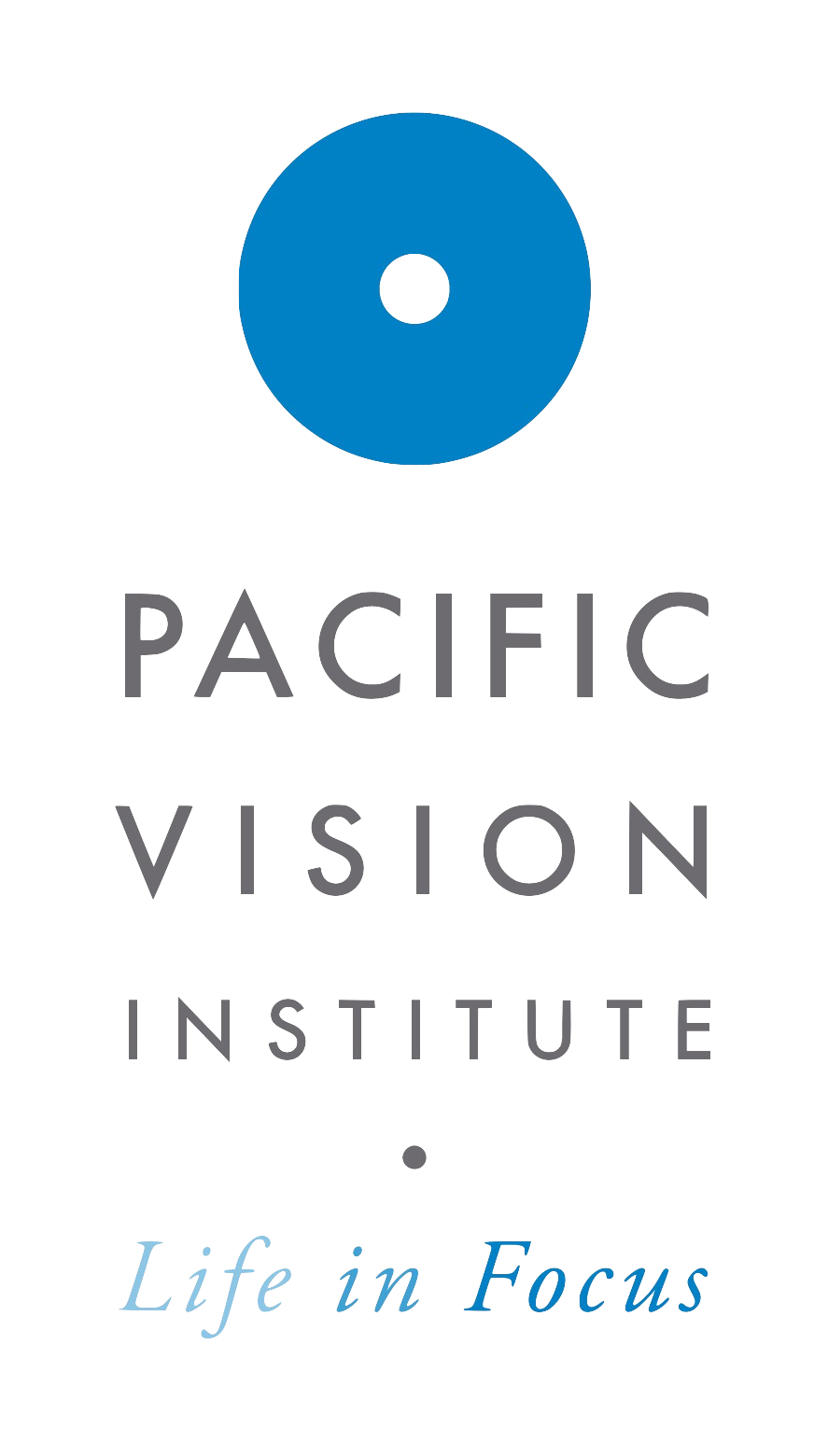What Happens After Corneal Cross-Linking?
What is corneal cross-linking?
Corneal cross-linking is an innovative strategy for reducing keratoconus, a condition that occurs when a thinning cornea loses its naturally round shape and begins to take on the form of a cone. This negatively affects eyesight and can lower the patient’s overall quality of life. If keratoconus is severe enough, it might require a corneal transplant procedure.
During corneal cross-linking, eye doctors use ultraviolet light along with special eye drops to strengthen and stabilize the corneas. This helps prevent further bulging. The term cross-linking has to do with the collagen-rich support beams that help maintain a healthy corneal structure.
How can I prepare for corneal cross-linking?
On the day of your treatment, you will need to avoid wearing eyeliner and other cosmetics as well as perfumes, colognes, or fragrances. A light snack and water are acceptable before your session. Since your eyesight will be temporarily altered after cross-linking, you’ll need to enlist a helper to drive you home afterward.
What happens after my procedure?
For the first few days after corneal cross-linking, you’ll experience some minor discomfort as well as sensitivity to light. This can be well-addressed through prescription pain medications supplied by your eye doctor and by wearing sunglasses. You will have temporary contact lenses placed, which will facilitate your healing. Take care not to rub or massage your eyes for one week after cross-linking.
How does corneal cross-linking improve vision?
Initially, you may experience blurry vision after your treatment, and you may notice occasional alterations in your vision as your healing progresses. Sensitivity to light is normal for a few months after treatment. Cross-linking helps to prevent further damage to the corneas, and many patients find that cross-linking helps their eyesight get better with time. After corneal cross-linking, you may need to get new glasses or contact lenses.
What is the takeaway?
Corneal cross-linking is among the most effective solutions for slowing the progression of keratoconus and preventing future vision loss. Our team at Pacific Vision Institute will explain the details of the recovery process to you during your consultation.
